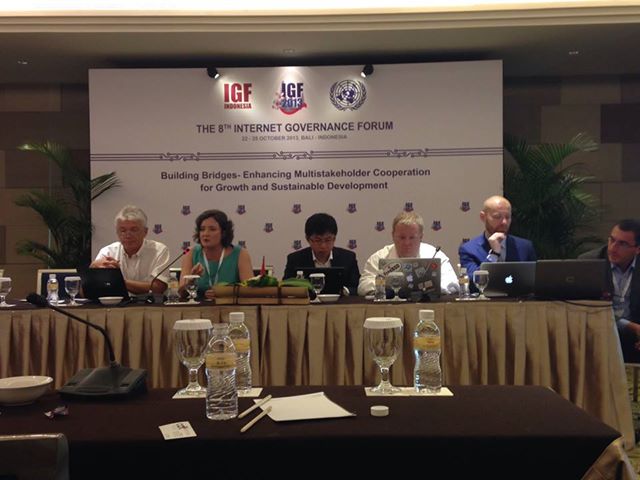Multilingual domain names and new gTLDs – is the web ready?

By Emily Taylor
After all that waiting, new gTLDs are finally starting to arrive. The first four have been delegated and will launch very soon. Surprise! They’re in non-Latin characters (multilingual domain names, or IDNs). The next surprise will come when people actually start trying to use them, and realise that most email providers do not support IDNs at all, and neither do most of the world’s most popular websites.
Will the launch of multilingual domain names as new gTLDs in provide the much-needed incentive for major providers to update their systems?
Guest blog for Lexis Nexis WIPIT
In a guest blog for Lexis Nexis’ World of IP and IT Law (WIPIT) site, I’ve written a piece called “Adapting to the world of non-Latin domains“. It tries to answer some of the obvious questions which gTLD applicants and trademark holders may be asking themselves at this time – like “What should applicants do now?”, “Why have only four gTLDs been delegated so far?” as well as dealing with some questions about the Trademark Clearinghouse and other rights protection mechanisms.
93% of the world’s most popular websites do not support IDNs, and IDN email functionality is still in its infancy.
Why is it so difficult to use multilingual domain names?
The article draws on the findings of this year’s World Report on Internationalised Domain Names Deployment, which highlights how unsatisfactory the user experience for multilingual domain names (IDNs) still is. In brief, although multilingual domain names have been on the market for more than a decade, 93% of the world’s most popular websites do not support them, and email functionality for multilingual domain names is still in its infancy.
This will create an interesting situation when the first hundred or so new gTLDs are launched, because multilingual domain names have been awarded the highest priority numbers by ICANN (meaning that they will be first to market). This will give multilingual domain names a visibility that they have perhaps lacked with some of the major vendors and web service providers, most of whom are English speaking North American companies. Hopefully, the advent of these new gTLDs will provide a motivation to improve the support of multilingual domain names, closing the usability gap.
Will new gTLDs close the usability gap?

The negative cycle of multilingual domain names
Time will tell. What’s clear is that the need for non-Latin resource identifiers is there, and that should translate to market demand for multilingual domain names. For example, last year’s Broadband Commission Report predicts that by 2015 the number of Internet users accessing the web in mainly Chinese will overtake the number of Internet users using predominantly English.
However, while using multilingual domain names remains so unsatisfactory, a negative cycle is created where usage remains low, and so does awareness. If there’s no demand, and no usage, why invest in supporting things like IDN email, or recognising IDNs as URLs or links in popular web services?
Multilingual domain names: the unmet need
That would be an opportunity missed. According to Wikipedia, over 2.4 billion people use non-Latin scripts (and that’s just counting the scripts with over 100 million users). Put that together with Internet penetration rates and we see that there is a high correlation between countries which have high Internet growth potential, and where the languages spoken use non-Latin scripts.
But this isn’t just about market dynamics, it’s about the cultural value of multilingualism. Janis Karklins’ foreword to the 2013 World Report on IDN Deployment begins:
‘Nelson Mandela once said that “if you talk to a man in a language he understands, that goes to his head. If you talk to him in his language that goes to his heart”. The language of our thoughts and our emotions is our most valuable asset.’

